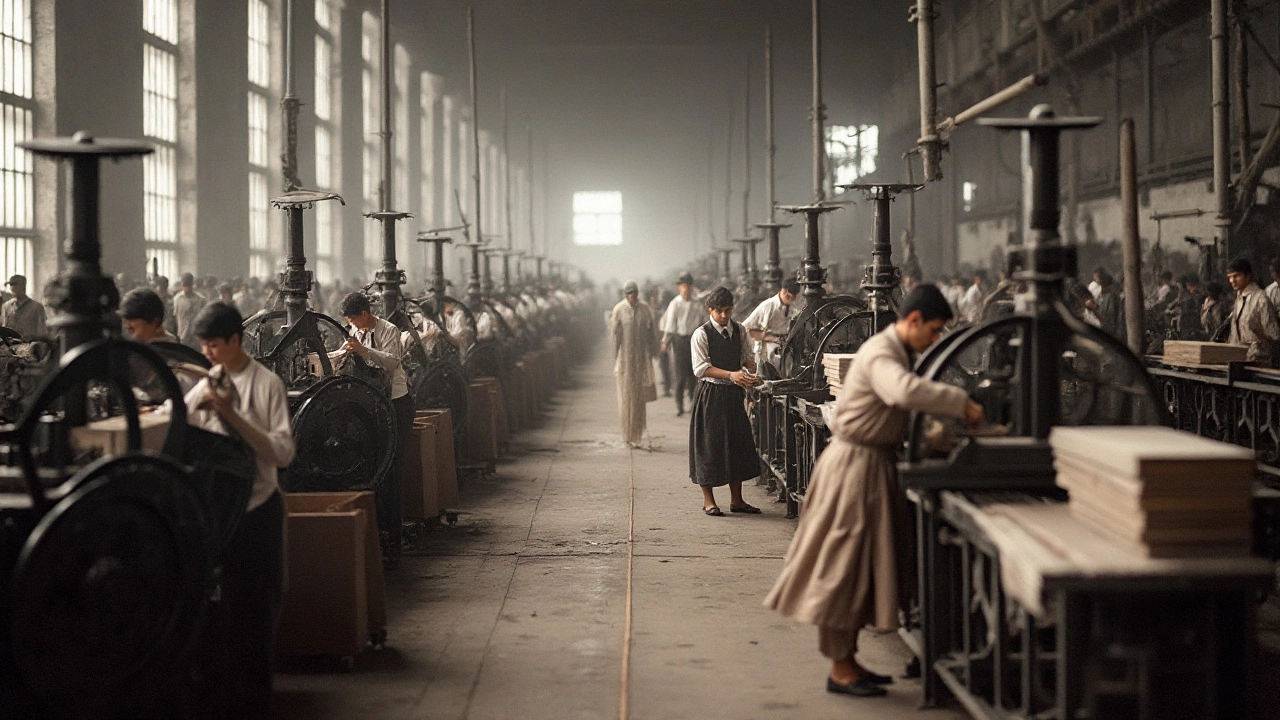Factory System Essentials: How to Build a Smarter Production Line
Running a plant feels a lot like juggling. You have machines, workers, materials, and deadlines all moving at once. A good factory system ties everything together so you can focus on output, not chaos. Think of it as the brain behind every product that rolls off the line – from pharma tablets to steel beams.
At its core a factory system is a mix of hardware, software, and people. Sensors on machines send data to a central controller. That controller talks to a dashboard where you can see bottlenecks in real time. The system then tells machines to speed up, slow down, or stop, keeping the line balanced. When you connect this to a warehouse management tool, you also get automatic inventory updates – no more guessing if the next batch of raw material is on its way.
Core Elements of a Modern Factory System
First, you need reliable industrial control hardware. PLCs (Programmable Logic Controllers) are the workhorses; they translate sensor readings into actions. Pair them with HMIs (Human‑Machine Interfaces) so operators can intervene without calling an engineer.
Second, the software layer matters. A Manufacturing Execution System (MES) pulls data from the PLCs, logs each step, and flags deviations. When the MES talks to an ERP (Enterprise Resource Planning) system, you get end‑to‑end visibility – from raw material purchase to shipment.
Third, connectivity is the glue. Ethernet, Wi‑Fi, and increasingly 5G let devices share data instantly. Edge computing can preprocess data on the shop floor, reducing latency and keeping the cloud from choking on raw numbers.
Finally, people keep the system alive. Training operators to read dashboards and respond to alerts makes the technology work for you, not the other way around. A culture of continuous improvement helps you spot waste before it piles up.
Practical Steps to Upgrade Your Factory Today
Start small. Pick a single bottleneck – maybe a mixing tank in a pharma line or a welding station in a steel plant – and install a sensor that measures cycle time. Hook that sensor to an existing PLC or a low‑cost IoT gateway and watch the data flow into a simple spreadsheet or free dashboard tool.
Next, set up a basic alarm. If the cycle time exceeds a threshold, the system should flash a light or send a text. This immediate feedback lets you adjust before a backlog builds. You’ll see waste shrink in days, not months.
Once the pilot works, replicate it across the line. Add more sensors – temperature, vibration, power draw – and tie them into a centralized MES. Use the MES reports to schedule maintenance only when the data says a machine is worn, not on a fixed calendar.
Don’t forget to involve the floor crew in every step. Ask them what data they need and what alerts they find useful. When they own the system, adoption spikes and the ROI climbs faster.
Finally, keep an eye on the future. Smart factories are moving toward AI‑driven scheduling, where algorithms predict demand shifts and reconfigure lines on the fly. You don’t have to buy a full AI suite now, but designing your data architecture with scalability in mind will save you headaches later.
In short, a factory system is about turning raw data into real‑time decisions. By layering sensors, controllers, software, and people, you turn a noisy shop floor into a predictable, efficient production engine. Start with one line, measure the impact, and let the results guide your next upgrade. Your plant will run smoother, waste less, and stay ready for the next wave of automation.

The Economic Impact of the Factory System on Manufacturing
The factory system revolutionized manufacturing by introducing mass production and improving efficiency, leading to significant economic advantages. This article explores how the system's centralization of production processes reduced costs and increased output, transforming industries during the Industrial Revolution. Key aspects include the establishment of organized labor, technological advancements, and streamlined operations that paved the way for modern industrial practices. The narrative also showcases remarkable historical shifts and their implications for contemporary manufacturing.
